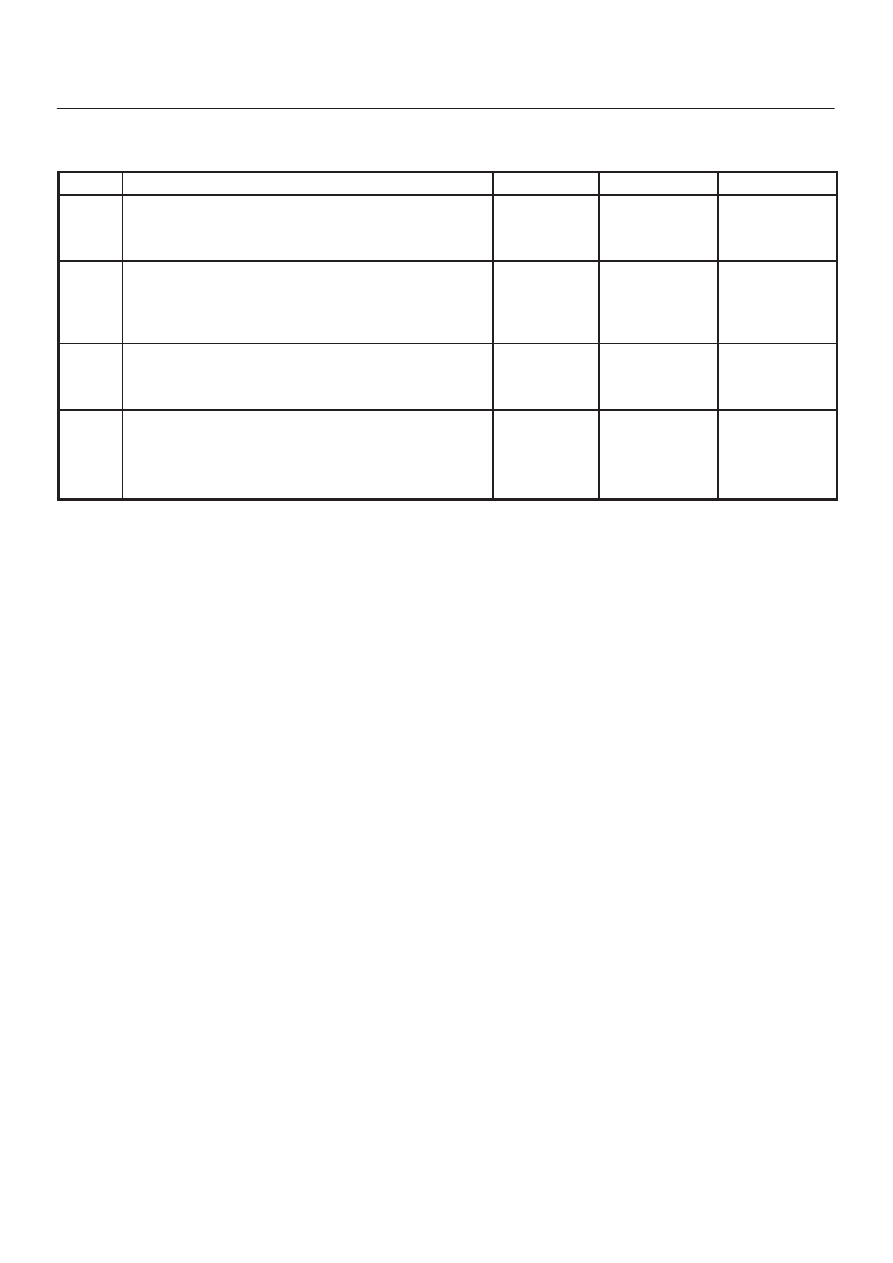Content .. 2431 2432 2433 2434 ..
Opel Frontera UBS. Manual - part 2433

6E–46
4JX1–TC ENGINE DRIVEABILITY AND EMISSIONS
No Malfunction Indicator Lamp (MIL)
(Cont'd)
Step
No
Yes
Value(s)
Action
15
Locate and repair the short to ground in the ECM
ignition feed circuit or ECM battery feed circuit.
Is the action complete?
—
Verify repair
—
16
Locate and repair the short to ground in the ignition
feed circuit to the instrument cluster, and replace the
fuse.
Is the action complete?
—
Verify repair
—
17
Replace the ECM (Refer to the Data Programming in
Case of ECM change).
Is the action complete?
—
Verify repair
—
18
Check the MIL driver circuit for a poor connection at the
instrument panel connector.
Was a problem found?
—
Verify repair
Go to
Instrument
Panel in
Electrical
Diagnosis